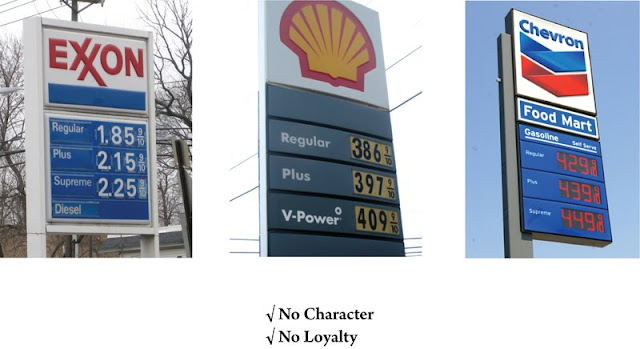Well, the biggest in many important contexts. This one may surprise you. First off, it is in the entertainment industry. When I say that, you may think of Star Wars, or Avatar, or Star Trek, or Cheers, or Friends, or any number of those high profile films or TV shows that seem to have run forever. If so you would not only miss it, you would miss the category. Over the years I have been involved in the entertainment category and have worked on many well-known brands. Some of the most impressive performers I know of have been in the video game category. Check it out.
Call of Duty, Black Ops was recently released by Activision and in its first twenty-four hours grossed $360 million. That’s one day. I am fairly confident, that this out-performed all other introductions and it is just getting started. To date, the franchise is well over three billion and is rapidly approaching four. As a marketer, I am very impressed. I am even more impressed that those who market it finally figured out that there is a more significant and meaningful way to position video games than what they have overused in the past.
If you talk to the gamers who have purchased Call of Duty’s past iterations, they will quote you its performance attributes. All of the conversations that take place - and there are many among gamers - are always about the game’s features. If so, how do you elevate the conversation to something more meaningful? You do it by using its benefit.
The benefit is what the consumer gets out of using the product. This year BMW has introduced “Joy” as what its consumers get out of driving and owning BMW’s. You have no doubt heard George Zimmer at Men’s Warehouse saying, “You’re Going To Like The Way You Look.” That too is all about the consumer. If you get a chance to view the commercials running for Call to Glory, look close. The ultimate form of expressing a benefit in a selling proposition is to literally inject the consumer into the message. More important, inject the consumer experiencing the product in a way that is meaningful to them.
All humans are upwardly mobile and typically respond to experiences that they aspire to. In this commercial, unlike all others that have gone before in this category, we see a hardcore battle scene where the shooters are not military soldiers or super heroes. They are instead, secretaries, accountants, waiters, supermarket clerks and so on. Activision marketers were smart enough to put you and I into the action. Additionally, they used a couple of celebrities, but I promise you the celebrities are irrelevant in this sales message. In fact, I would have left them out and saved the money.
The learning here is familiar to those of you who have worked with me or read much of what I have written about positioning. Most of the selling propositions you and I encounter in life are missing any component of a benefit. Look at your sales message and change it to evolve around your consumer benefit, and you will be the one to benefit. If you think you already have done so, then develop a higher order benefit and change your message. Remember that all consumers want the same thing…to be happy. If you want to move to a higher order of benefit use something happier.
Cheers,
Keith Chambers
Keynote Marketing Speaker
Creative Marketing Consultant
(310) 473-0010
www.chambersgroup.com
follow my blog by clicking one of the links below
Cheers,
Keith Chambers
Keynote Marketing Speaker
Creative Marketing Consultant
(310) 473-0010
www.chambersgroup.com
follow my blog by clicking one of the links below
visit my site, www.pullbizbook.com















